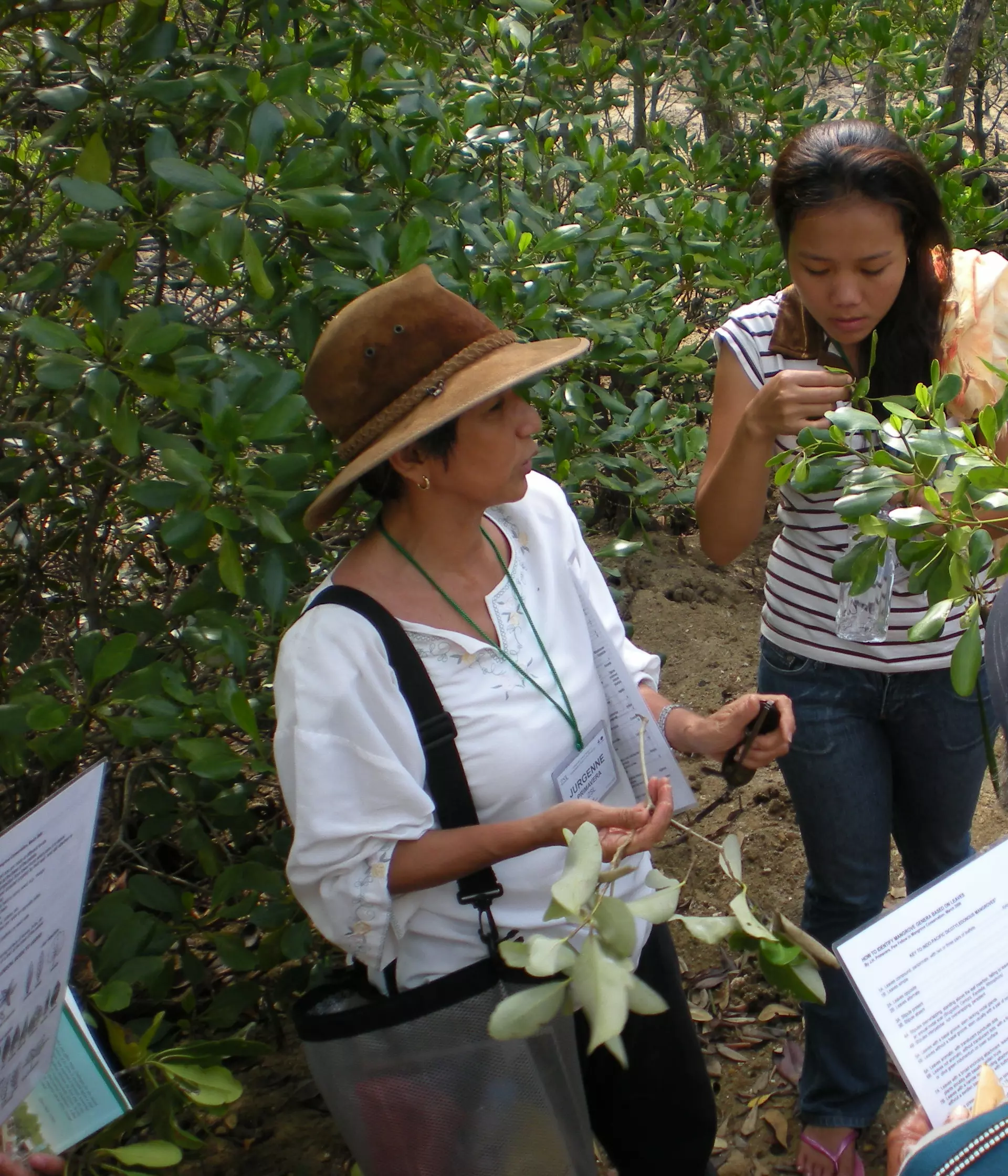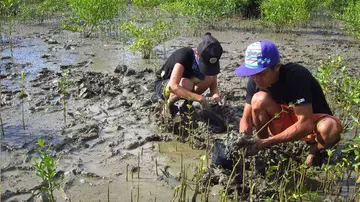
You’ve no doubt already heard that the world’s forests play a vital role in combating greenhouse gases by sequestering carbon from the atmosphere. But did you realise that some are significantly better at it than others?
“Not all forests are created equal,” says Dr Jurgenne Primavera. “Coastal mangroves are far superior to tropical rainforests in terms of capturing carbon, thanks to their peaty soils. And they also offer protection from the increasingly intense tropical storms that we can expect as a result of climate change – especially in this part of the world, but also elsewhere, as with Hurricane Ida in the US.”
As Jurgenne sees it, to understand the importance of mangroves for both biodiversity and the climate crisis, it’s essential to consider how they interact with wider marine ecosystems. “We have mangroves along the coasts, then further out we have beds of seagrasses, coral reefs, and what we call soft-sediment communities in the mud between them. These habitats are all interconnected and interdependent. For example, many fish that start life in mangroves then move on to seagrass beds for the next stage of their development.”
While mangrove forests protect the coastline from typhoons, seagrasses in turn help to buffer mangroves from the full fury of the storm. And both mangroves and seagrasses help to filter sediment and pollutants from the waterways that reach the sea, creating the clear water that coral reefs need to thrive.
The magic of mangroves
Unfortunately, mangroves have often been overlooked when marine protected areas (MPAs) are being designated – something ZSL has helped to rectify in six sites in the Philippines. “Colourful, attractive coral reefs often get included in MPAs, whereas mangroves – full of mud and mosquitoes – don’t get the same attention! But hopefully that’s changing,” says Jurgenne.

As well as pushing for more mangrove forests to be included in MPAs, Jurgenne and team are also supporting the creation of mangrove eco-parks. “These are not a full MPA, but at least it means the local government and communities recognise their importance,” she says. “I’m working on a manual to help local government, communities and NGOs set up their own eco-parks. “We’ve already seen the benefits of doing so, not just for wildlife, but for people, too.”
Jurgenne fondly recalls the awe of schoolchildren – and their teachers – visiting the first of these eco-parks: “They had no idea there were these fantastic forests in their local area. It’s vital that we reach out to the younger generation and help them see mangroves through a scientist’s eyes – not as muddy, murky places, but as somewhere full of life!”
Getting replanting right
Another key focus of Jurgenne’s work is campaigning for mangrove replanting and restoration to be carried out in the right places. “Replanting programmes have nearly doubled the extent of mangroves in the Philippines since the 1990s,” she says. “But the new mangroves are often being planted in shallow waters between islands, replacing seagrass beds, rather than on the mainland where they originally grew. So we’re sacrificing seagrasses, another important marine habitat, to meet mangrove replanting quotas – it’s robbing Peter to pay Paul.”
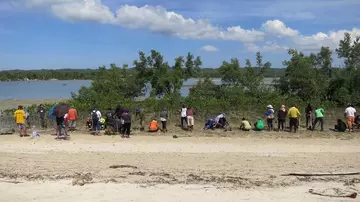
Instead, Jurgenne and team are championing an approach that neatly reverses one of the biggest threats to mangroves in the Philippines: the conversion of forests to fishponds for commercial aquaculture (fish and seafood farming). With many former fishery sites eventually becoming neglected and abandoned, they want to seize the opportunity to restore these degraded habitats to mangrove forest.
“By law, abandoned fish ponds should be released for rehabilitation, but the political will to make it happen isn’t really there,” explains Jurgenne. And with some of these sites operating illegally or falling into the wrong hands, working in the field can be dangerous: “In some places you could get shot for trying to restore fishponds – it’s a matter of life and death.”
Despite the challenges, the ZSL team have successfully engaged with local government and worked with coastal communities to restore over 100ha of fishponds to healthy mangrove habitat. “Mangrove restoration is complicated and difficult, but it’s the right thing to do,” says Jurgenne.
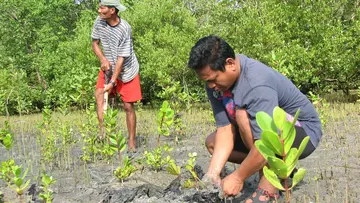
And recent research by the team has only underlined this: “We’ve found that the rate of carbon capture is even higher in the regenerated mangroves growing on abandoned fish ponds than it is in mature mangrove forests. So that’s another really important reason to revert fishponds back to mangroves.”
Nature at heart
Jurgenne understands fishponds better than most. She spent 37 years of her working life researching fish and seafood farming, becoming passionate about making the industry more sustainable. Only after retiring from her “first life” did she turn her attention to mangrove conservation. But drawing on her lifelong love of trees (she’s still not averse to a spot of tree-climbing).
Today, she’s clear about what a more sustainable future would look like: “We need a 4:1 ratio of mangroves to fisheries development – that gives you the maximum net value from fish farming, coastal protection and cultural income.”
Her other dream is to see legislation finally pass that would mandate a coastal mangrove greenbelt for her country; a natural defence against the devastating loss of life, homes and livelihoods caused by storms like 2013’s Typhoon Haiyan.
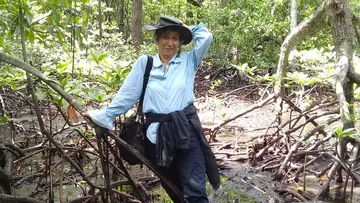
“To me, as a scientist, it’s obvious what we need to do, and why we need to protect and restore mangroves,” Jurgenne says. “But it’s politicians who do the local and global decision making. We can only hope they listen to the evidence.”
Read more about Putting Nature at the heart of global decision making
